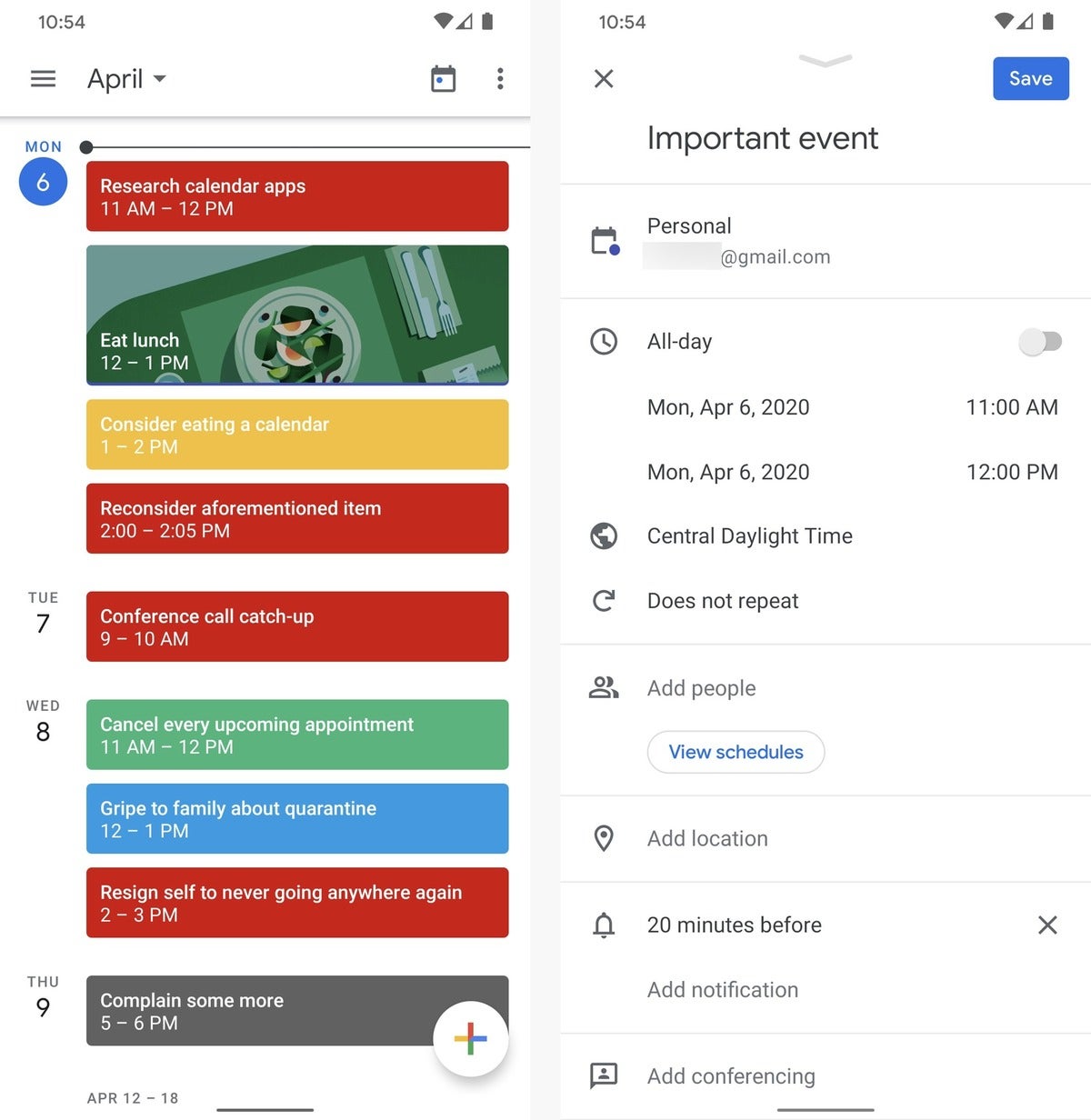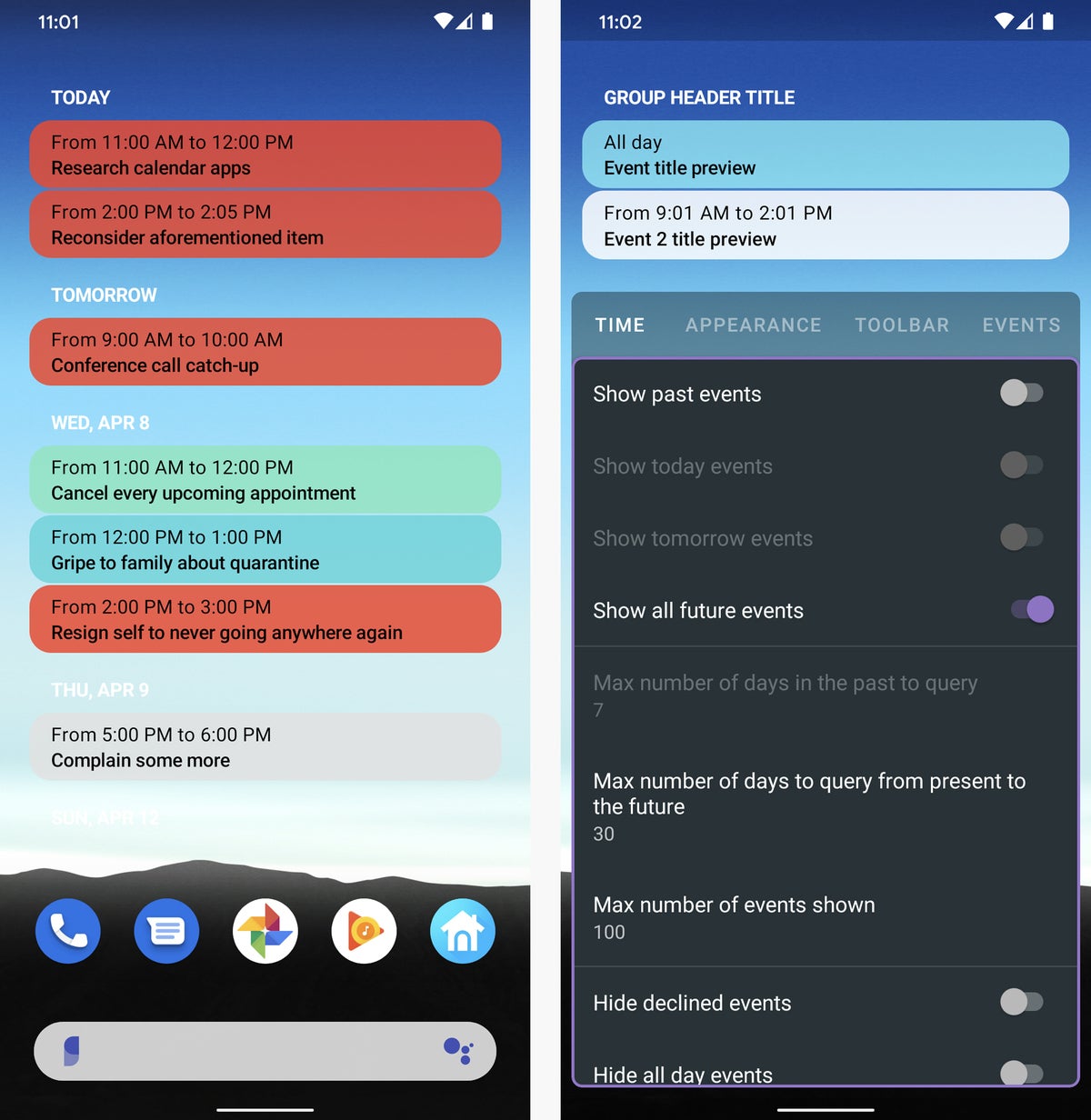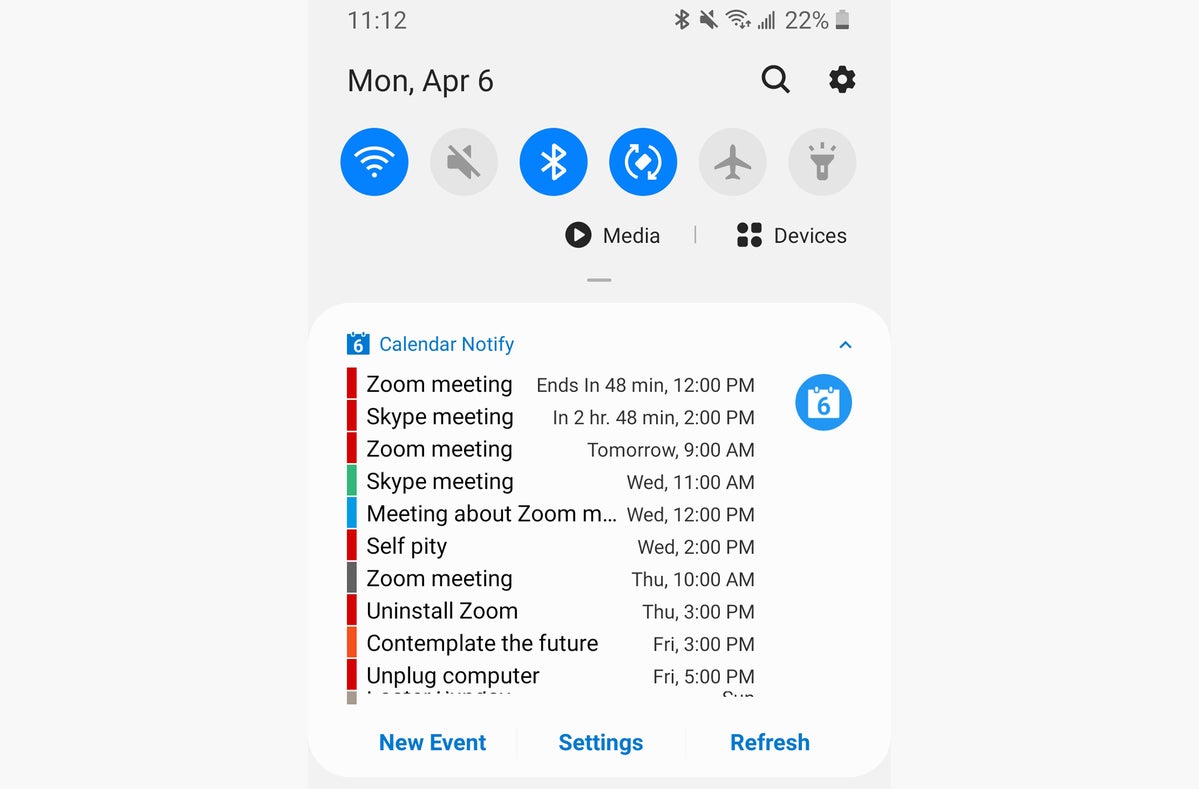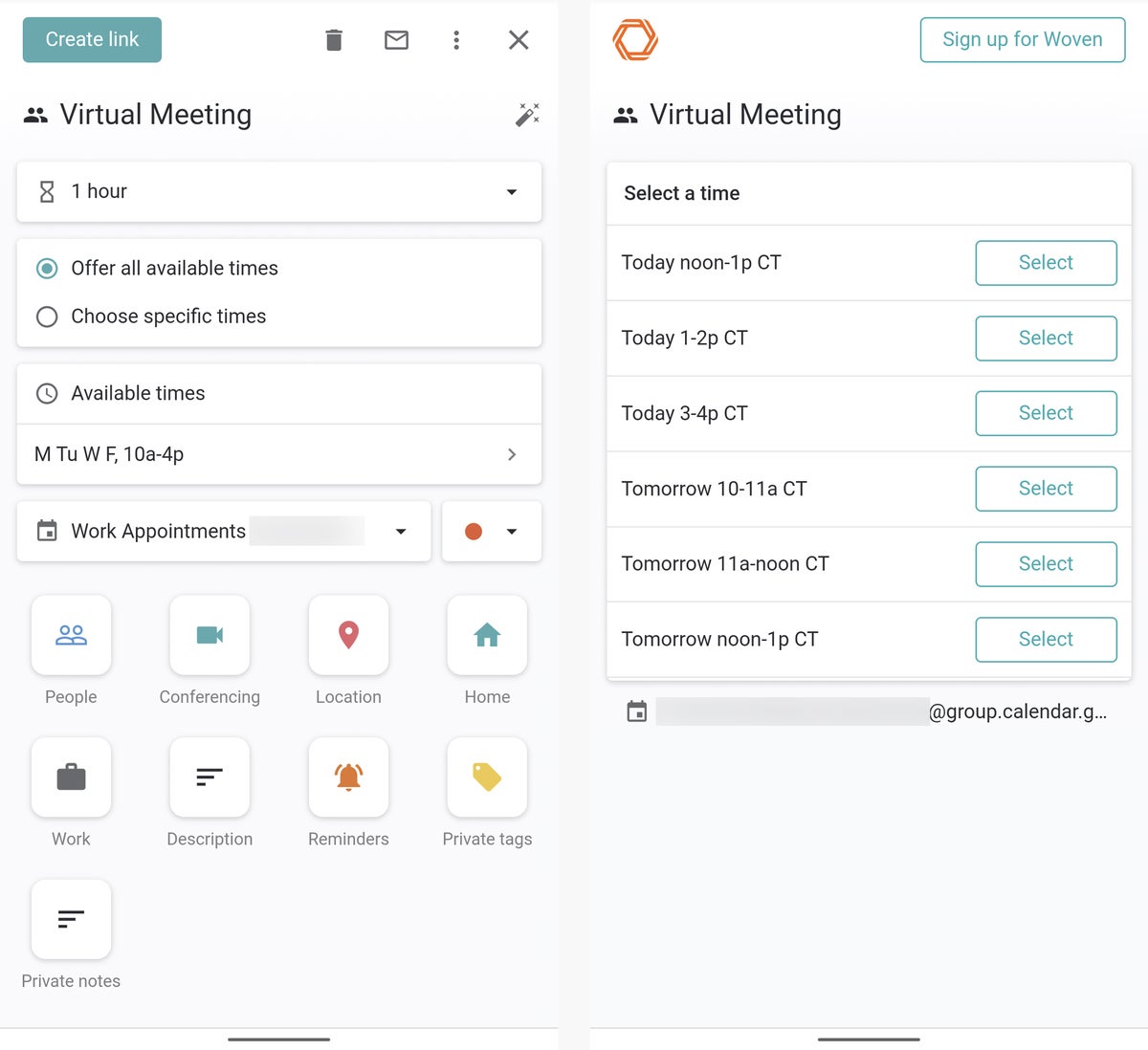We still have no idea whether or not Apple’s iPhone 12 release date will be delayed. If countries like the United States and China keep their shelter in place orders for a while longer, they should do a decent job of reducing the impact of the novel coronavirus’s inevitable second wave.
If the start reopening businesses too early like Trump wants and like some states already are, experts have warned that the second wave of COVID-19 infections could be as bad or even worse than the first one.
These are obviously huge issues for obvious reasons pertaining to health and safety, but they also impact product launches like Apple’s new iPhone 12 series. If a massive second wave of coronavirus infections sweeps certain regions, manufacturing could be delayed. On the other hand, if the economies in Apple’s biggest markets like the US remain closed for several more months, tens of millions of people will remain unemployed. Needless to say, buying a new iPhone will be the last thing on their minds and sales could take a huge hit as a result.
Regardless of when Apple’s new iPhone 12 models are released and how much supply Apple’s partners are able to manufacture in time for the launch, we already know plenty about the phones. Thanks to information from top Apple insider Ming-Chi Kuo, an analyst with TF International Securities, we know Apple’s new iPhones will feature the first major hardware redesign in 3 years since the iPhone X was released.
The new iPhone 12 models will have flat metal edges like the iPhone 5 and multi-lens camera arrays around back. There will be two iPhone 12 models with dual-lens cameras as well as two iPhone 12 Pro models with triple-lens cameras that also have a fourth sensor, the LIDAR module from the new iPad Pro. All four new iPhones will have 5G, OLED screens, and slightly smaller notches at the top of the display. Here’s a look at what is believed to be Apple’s finalized iPhone 12 design.
That’s all well and good, and there’s no question that Apple fans will be pleased with the new design. That said, it doesn’t exactly sound like there will be any exciting innovations when it comes to hardware or design. That’s why we can’t stop staring at a new iPhone concept created recently by graphic designer Andrea Copellino — there are several exciting new features to be found but unlike most futuristic phone concepts, this design is well within the scope of reality.
Copellino shared the exciting new design on Behance as well as in the YouTube video embedded at the bottom of this post. The futuristic iPhone concept looks like Apple’s current iPhone lineup from the front, but it loses the notch at the top of the screen. The sides and the back are where all the action is though, and you can see the rear design below.
In addition to a multi-lens camera system and a flash, there is a secondary OLED display that shows notifications and other graphics. A screen like this could also theoretically eliminate the need for a front-facing camera since this smaller display could be used while capturing selfies with the rear cameras.
The video shows off a bunch of different use cases for the rear display, but there’s one more nifty new component of this futuristic iPhone design.
The volume rocker and mute toggle have been replaced by a small capacitive are that can be used to adjust the volume or mute the ringer. How cool is that?! You’ll see all that and more in the video embedded below, and don’t forget to also check out Copellino’s Behance page.
 JR Raphael/IDG
JR Raphael/IDG JR Raphael/IDG
JR Raphael/IDG JR Raphael/IDG
JR Raphael/IDG JR Raphael/IDG
JR Raphael/IDG JR Raphael/IDG
JR Raphael/IDG JR Raphael/IDG
JR Raphael/IDG